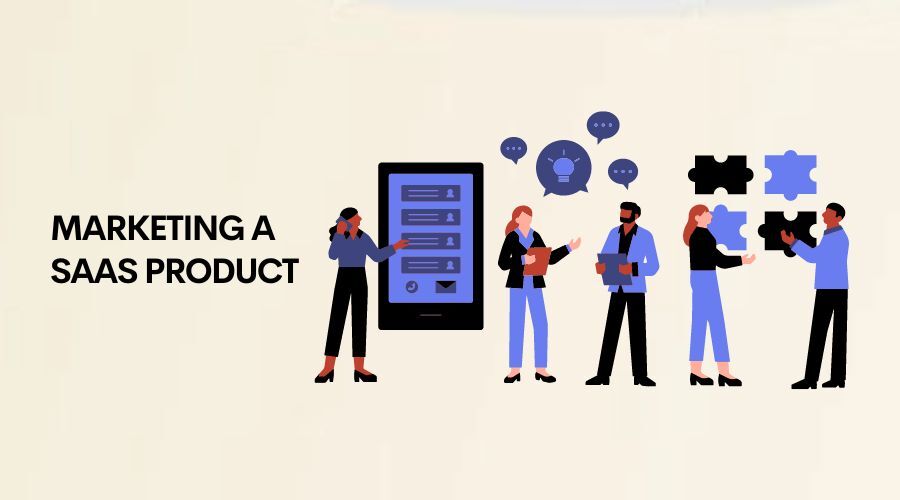Having trouble marketing a SaaS product and finding subscribers for your SaaS business?
It’s not enough to have a good product these days. You also need a well-constructed SaaS marketing strategy.
With that said, we’ve listed below 15 commonly used tactics for marketing a SaaS product.
1. Optimize Your Website

One of the first things SaaS marketers usually do is coming up with ways to optimize the company’s website for conversion.
Not only will doing so improve the customer journey, but it will also get your site to rank higher on search engines.
SaaS company sites today need to have user-friendly design and navigation so that your target audience can find all the information they need as quickly as possible.
It’s vital to have a strong call to action as well and to make sure that the website is mobile-friendly.
That means landing pages should have no issue loading regardless of what device visitors use to access them.
After all, the faster a site loads, the more likely it’ll rank on search engines.
You can make pages load faster by optimizing images and videos, minimizing HTTP requests, and finding a reputable web hosting provider.
Be sure also to have some form of social proof on your site (e.g., case studies, testimonials, reviews) to give potential customers peace of mind.
They’re more likely to convert if you give them reasons to trust you.
Whatever you do, see to it also that you have a clear value proposition.
Site visitors should immediately know what makes you different from other SaaS businesses in your niche.
2. Offer Free Trials and Demos

One thing that makes SaaS marketing different from other forms of marketing is that customers need to be able to try your software first before they can decide whether to subscribe or not.
Otherwise, if you don’t let people try your service for free to show how it can help them, you won’t be able to convert as many paying customers.
There are also other reasons why you might want to offer free trials and demos.
For one, SaaS companies make the most of their free trials by using them for lead generation.
If you ask your beta testers or free users to provide their email addresses when signing up, you can use them to send marketing materials or follow-up emails.
Another reason is that free trials and demos help set customers’ expectations.
If a user knows exactly what they’re signing up for, they’re less likely to complain after becoming a paid subscriber.
At the same time, you can collect data on how you can further improve your software.
You can observe their behavior and see what other features they still need and what settings they often use.
There are different ways you can create demos.
Walkthrough videos are great if you want to be more engaging, while blog posts take a more detailed approach.
Some SaaS companies also give software users access to stripped-down versions of their tools.
This lets users play with some features without the risk of them abusing the product demo.
3. Utilize Referral Marketing
Not all companies add referrals to their SaaS marketing strategy, but incentivizing current customers to promote products can actually be a brilliant marketing strategy.
The key is to make it easier for people to refer you to their friends, family, and colleagues.
The best way of doing that would be through personalized referral links.
This means that referrers can share their referral links through social media, email, blog posts, and other social platforms.
Any conversion after a link gets clicked is then credited to the owner of the link.
If you’re wondering what to offer successful referrers, you can try giving discounts for their next billing cycles. How much percentage to take off will be up to you.
There are also cases where SaaS founders let successful referrers use their software for free for a set period for every successful transaction.
If you don’t want to reduce the subscription fee or make it free for referrers, you can give free upgrades instead.
4. Attend Industry Events

SaaS companies need to do more than market their products online. They need to make their presence felt in the real world too.
Attending industry events is a great way of getting your name out to potential SaaS customers.
It’s an opportunity to demonstrate your product to a live audience and explain it in great detail.
But not everyone can afford to attend every industry event, especially if you’re just starting out.
So, you need to learn how to identify the most relevant ones to your business and focus on them.
Apart from that, you need to know your goals before going to the event.
Do you want to meet potential clients, or are you there to promote new products and features?
Maybe you need new investors or want to differentiate your product from the competition?
Whatever your main goal is, you have to ensure that your marketing materials reflect that.
If you can’t find an event that fits your brand, you can also host your own.
It will be a lot of work, but if you manage to gather your target audience in one place, it could mean getting more subscribers for your business.
5. Partner With Complementary Businesses
Another tactic you can use to generate more subscribers is to partner with a complementary business and use each other’s platforms for promotion.
Here, your SaaS product marketing manager needs to find potential partners that aren’t direct competitors but somehow attract the same audience. From there, you can establish a mutually beneficial partnership.
You’ll have to convince other companies to work together, though. To do that, you’ll need compelling reasons why it’s all in your best interests to partner up.
This SaaS marketing strategy will be more effective if you and your partner have complementary products as well.
For example, if you built a time tracker app, you can partner with someone with accounting software that allows third-party app integration.
This way, you’re offering your customers a chance to use both services. Not only can you get more exposure, but you’ll also get more subscribers.
Partnering with other businesses grants you access to new markets and customer segments.
You can use each other’s business leads to introduce your product to people who may not have heard of you before.
This step may be harder to execute than other SaaS marketing strategies, but building relationships with other businesses can have long-term benefits for your company.
6. Use Influencer Marketing
Working with influencers is another way SaaS companies can get eyes on their products.
You need to find the right influencers, though.
You don’t want to work with someone just because they have thousands or millions of followers.
What you need is to build relationships with the most relevant influencers in your space. These can include vloggers, social media stars, and industry experts.
There are a few ways to collaborate with influencers.
It could be as simple as helping each other produce content for blogs or videos. You can also approach them with sponsorship offers.
Giving influencers access to your product for review isn’t a bad idea either.
In some cases, influencers will accept referral links to get a cut of every transaction.
The one thing you should keep in mind is that you need to maintain transparency.
The influencer needs to disclose ads, and you shouldn’t stop them from doing that.
It’s a good idea to continue building a relationship with influencers long after the campaign is over.
7. Use Email Marketing
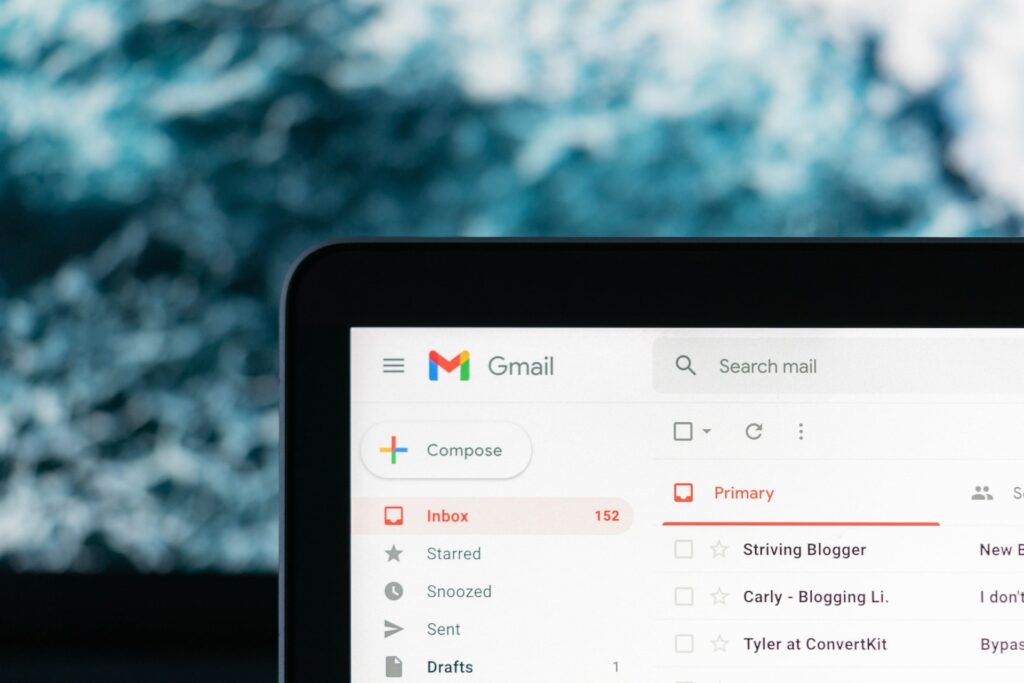
Email marketing is one of the best SaaS marketing strategies to use. This is especially true for micro-SaaS companies with small marketing budgets.
So long as you have a targeted email list, you should be able to launch an email marketing campaign.
To create a targeted email list, you can get email addresses from free trials and demos.
You can also get emails from newsletter subscriptions and events.
It’s possible, too, to get email addresses from free webinar sign-ups and other forms of lead magnet generation.
Once you have your list, you’ll want to customize each one for every recipient.
Make sure to address each recipient by name and personalize the body based on why that person looked up your product online.
Email marketers must test their emails to ensure they’re hitting all the right notes. You might also need to change the call to action so that it resonates with your recipients better.
8. Focus on SEO
Just like any online business, you can also rely on SEO for site traffic.
SEO is a complicated topic, but there are three main things that you can focus on as far as it goes.
These are keyword research, on-page optimization, and link building.
Keyword research refers to finding the most relevant topic to write about for your software business.
On the other hand, on-page optimization refers to fixing elements on your website to help it rank higher on search engines.
Meanwhile, link building is about getting high-quality sites to link to you.
If you receive backlinks from reputable domains, Google will see this as a sign that your site is trustworthy. This can lead to higher rankings on the results page.
9. Create Compelling Content

SaaS businesses are some of the most proactive content publishers online. So if you’re looking for a way to market a SaaS product, why not try this route as well?
While you can never go wrong with blog posts, there are other types that you can publish as well.
Whitepapers, for example, are popular in the SaaS market since they help prospective customers understand their problem better. You can also show how your product can help.
Alternatively, you can also publish eBooks and video content.
Creating videos that show your product in action can help illustrate what’s possible through your SaaS product and convince potential users to sign up.
You can record webinars, too, and make them available on your platforms for maximum exposure.
10. Run Paid Ads
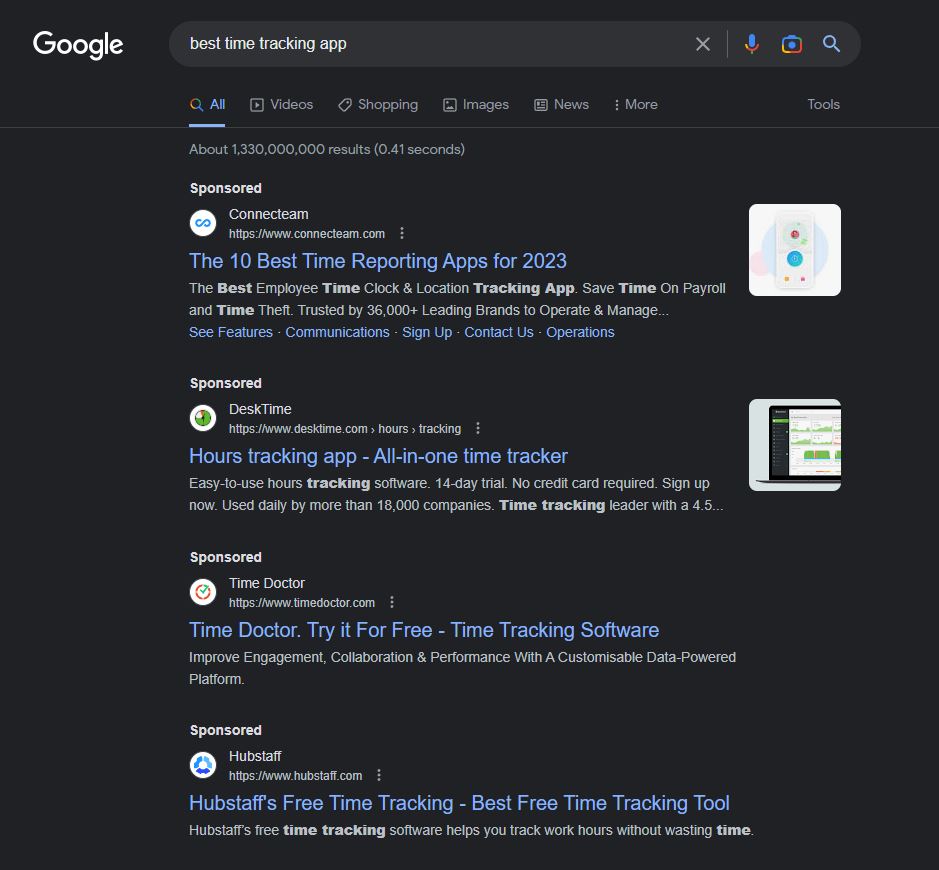
Running paid ads isn’t for everyone. If you’re new to it, you’re better off asking for help from someone with experience.
But having said that, paid ads can improve a company’s conversions.
Just make sure to be careful when planning your paid ad campaign since you can lose money and not recover it.
When coming up with an ad strategy, you’ll first need to define who your target audience is so you know which platforms to use.
Running ads on Google is a safe bet. But depending on what services you offer, social media may also be a good platform to run ads on.
Once you got that figured out, you can set a reasonable budget for the ad campaign.
Be sure to come up with a creative copy that highlights your product’s best selling points and attention-grabbing visuals.
Monitor your ad performance once they’re published and don’t stop trying to improve them.
Testing new ads as frequently as you can will help you see which version performs best.
11. Leverage Social Media
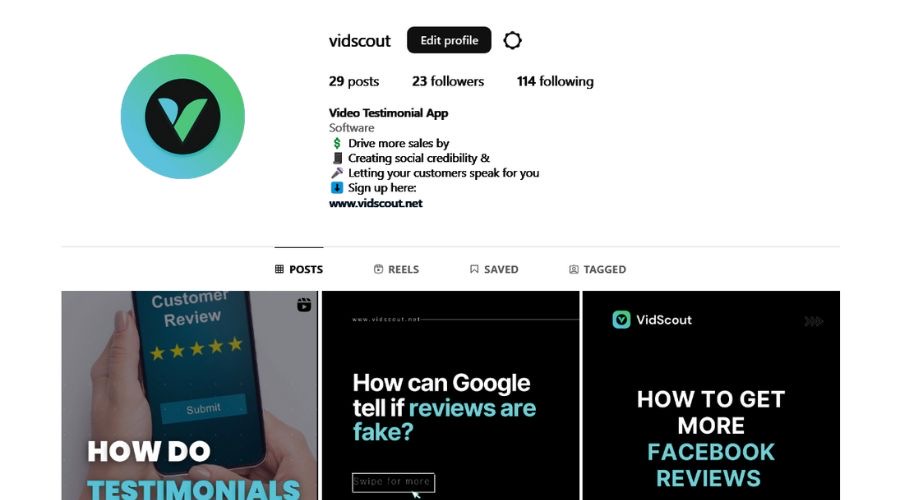
Posting and promoting on social media is another way of lowering your customer acquisition costs.
Since satisfied customers can share your posts organically, it’s a great way to advocate positive customer feedback for free.
The only issue is that you’ll need to find the right social platforms for your SaaS company.
If you’re a B2B product, for example, the chances of finding leads on TikTok might be lower than when you do so on LinkedIn.
It’s not enough as well that you post on these sites. You also have to engage with the community regularly and mix up your content now and then.
Keep conversations going by doing polls and other interactive posts. Make sure to respond to comments as well to address everyone’s concerns.
You can also go through your competitors’ social media posts to see what their followers are saying. You can use that as inspiration for your posts.
12. Offer Discounts and Special Offers
It doesn’t matter who your target market is. Everyone loves a good discount.
That’s why SaaS product marketing campaigns often include discounts and special offers.
For new customers, you can try creating limited-time offers and using scarcity to drive up sales.
As for existing customers, you can introduce special offers to make it easier for them to upgrade to a higher plan.
Most SaaS companies offer discounts for annual subscriptions, but holiday and seasonal promos are beneficial too.
After all, people are in a spending mood during the holidays, so offering discounts around this time can push them to convert into paying customers.
13. Run Customer Surveys
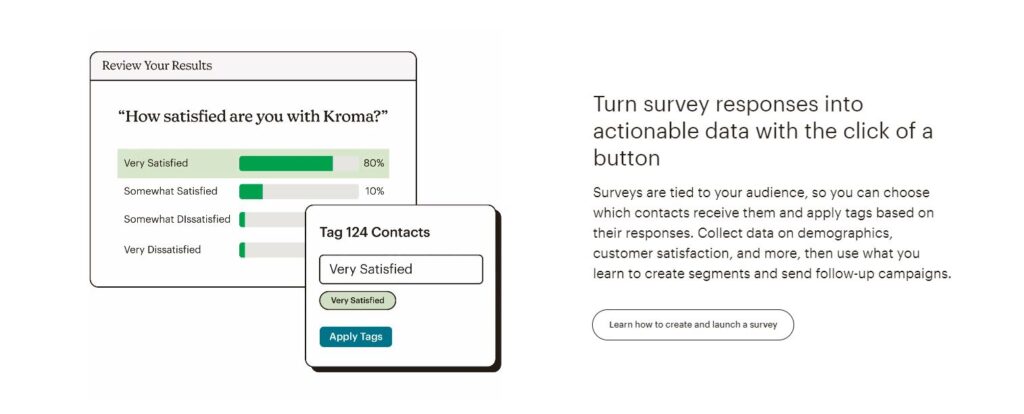
Monitoring and analyzing your key metrics isn’t the only way to measure whether you’re doing a good job or not.
Short customer surveys can also give you first-hand data that you can use to improve your marketing strategy and product.
Before creating a survey, though, you first need to set your objectives and learn what metrics to measure.
Commonly used metrics include response rate and completion rate. You can also use the net promoter score to measure customer satisfaction.
When creating a survey, be sure to use a mixture of open-ended and closed-ended questions to get qualitative and quantitative answers.
Not every customer will be down to answer a bunch of questions, though, so you might want to incentivize them with freebies.
You can also send customers surveys through email or have them pop up in the app.
Even a simple star rating survey can tell much about how users see your product.
14. Monitor and Analyze Your Metrics

Tracking all your success metrics is very important. That’s the only way you’ll know if your SaaS marketing strategies work or not.
Some metrics you should keep an eye on include your monthly recurring revenue, customer acquisition cost, and churn rate.
Knowing your customer’s lifetime value will tell you how much to spend on marketing.
Look closely at your monthly active users to see if you’re gaining or losing users.
The conversion rate will tell you the percentage of landing page visitors that converted to paying customers.
If you’re using social media, tracking metrics on those platforms will let you know which ones are worth focusing on.
By looking at all your metrics, you’ll know which direction to take for your future SaaS marketing campaigns.
15. Continuously Test and Experiment
This post mentions testing several times — and for good reason.
Testing and experimenting is the best way to identify the marketing strategies that work for your company.
Every SaaS business is different. What works for one business won’t necessarily work for others.
Budget is also a factor. You don’t want to spend on tactics that don’t help generate subscribers.
You have to find effective SaaS marketing strategies that you can work with.
That means working closely with your SaaS marketing team to do A/B testing and experimenting with ad copies.
A/B testing allows you to launch two versions of the same landing page with minor differences.
For example, a page can look identical except for the call to action. You can play with colors and layouts too.
See if there’s a combination of colors, layouts, text, images, videos, and calls to action that leads to better conversions.
However, it’s best to leave enough time between tests. You don’t want to confuse site visitors by drastically updating the site too often.
When something’s not working, that’s when you experiment with other SaaS marketing tactics.
Final Thoughts
There’s no shortage of tactics that can help you get more subscribers.
You can start with the easy ones, like optimizing your website, optimizing it for search engines, and publishing content regularly.
You can experiment with strategies like attending industry events, partnering with complementary businesses, and working with influencers.
Using paid ads and promoting on social media are good options too.
Whatever you try, you only need to ensure that you stay within your budget and monitor your progress.
Here’s a guide on creating a SaaS product marketing plan if you need more help.
On the other hand, if you need help with marketing your SaaS product or developing it, feel free to reach out to us.
Our team at Symalite Labs has helped launch and develop various SaaS and micro-SaaS, such as Group Leads, Orrderly, Chatsilo, and Vidscout.

